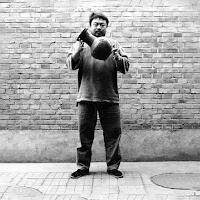Live action (or live-action) is a form of cinematography or videography that uses photography instead of animation. Some works combine live-action with animation to create a live-action animated film. Live-action is used to define film, video games or similar visual media.
Livestreaming is streaming media simultaneously recorded and broadcast over the internet in real-time or near real-time. It is often referred to simply as streaming. Non-live media such as video-on-demand, vlogs, and YouTube videos are technically streamed, but not live-streamed.

















































